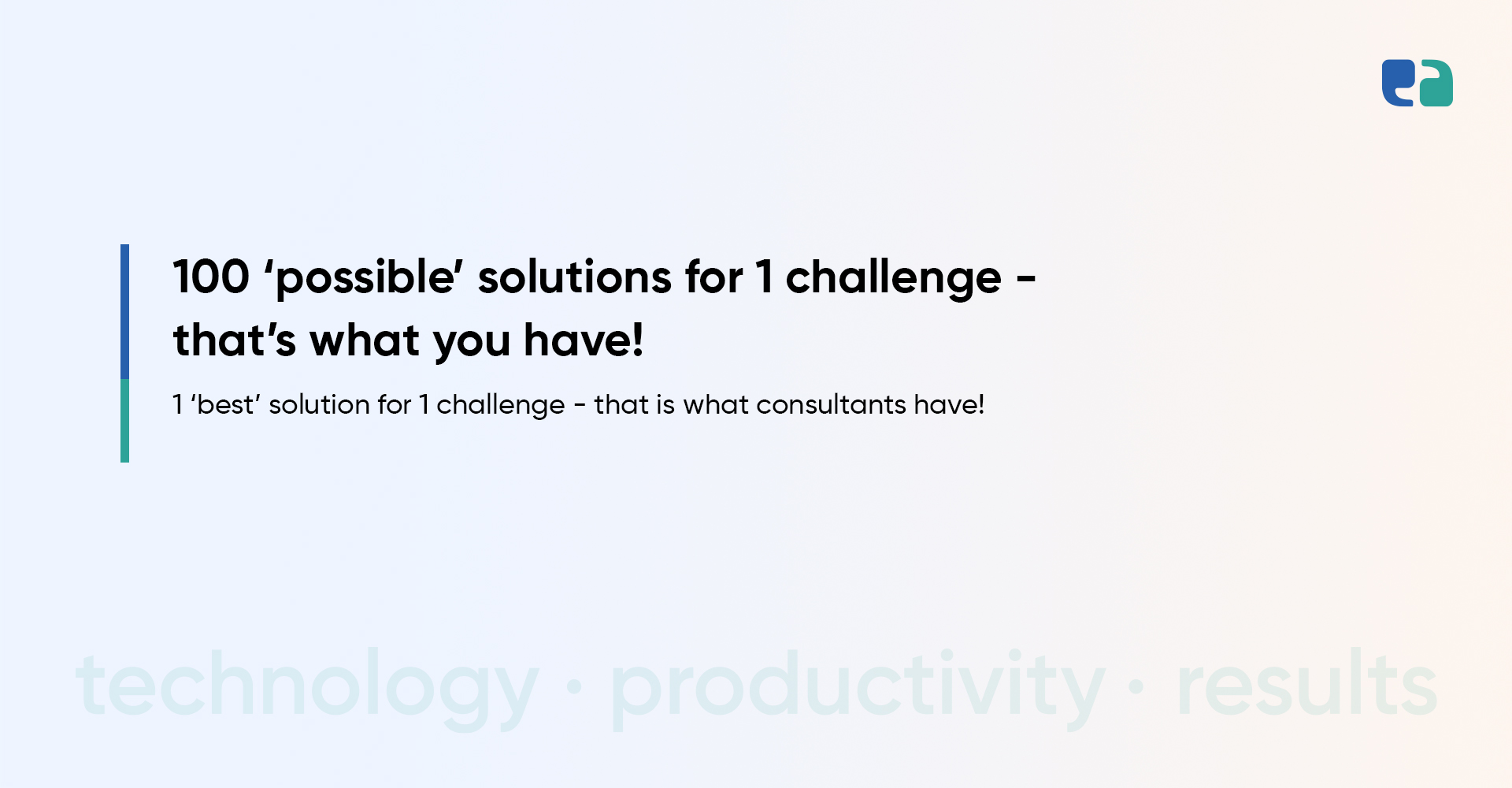Want to switch to a new EHR system?
Well, that’s not an easy task.
One of the biggest hurdles is moving your data from the old system to the new one.
This process is called EHR data migration, and it comes with its own set of challenges.
But before migration, you have to make sure the systems are compatible.
Data should be accurate throughout the transition, otherwise it may impact the patient’s care.
But don’t worry—we’ve got you covered.
We have come up with the best practical strategies, steps, and tips to make your EHR data migration smooth and stress-free.
Let’s help you protect your data and improve your practice with the right digital tools!
Understanding EHR Data Migration: Why It Matters
Planning Your EHR Data Migration: 6 Steps to Follow
Switching to a new EHR system takes careful planning. Here’s how to prepare for a smooth transition:
Essential Technical Steps for a Smooth EHR Data Migration
Once you’ve planned your EHR migration, it’s time to dive into the technical details. Here’s how to handle the data and system setup for a smooth transition:
Ensuring Security and Compliance in EHR Data Migration
When moving sensitive patient data, security and compliance must be top priorities. Here’s how to keep things safe and follow the rules during EHR data migration:
Testing and Validation: Making Sure the New EHR System Works Perfectly
This ensures the system works smoothly and meets your needs. Here’s how to get it right:
Testing the System
1. Unit Testing: Check individual parts of the system to see if they work as expected.
2. Integration Testing: Test how different modules of the system interact with each other. Everything should fit together seamlessly.
3. Performance Testing: Simulate real-life conditions to see if the system can handle heavy loads, lots of users, and large amounts of data.
4. User Acceptance Testing (UAT): Let your staff, like doctors and admins, try the system. Their feedback ensures it works for daily workflows and is easy to use.
5. Edge Cases: Test rare or extreme scenarios to ensure the system doesn’t crash or malfunction in unusual situations.
6. Regression Testing: Retest after making any changes to ensure nothing else breaks.
Validating Data
1. Accuracy Checks: Compare data in the new system with the old one. Make sure all records are correct and nothing is changed or lost.
2. Completeness: Verify that all data—like patient records and billing info—has been transferred without missing anything.
3. Business Rules: Ensure the data follows the rules of the new system. For example, relationships between data points should remain consistent.
4. Integration Checks: Confirm that the EHR integrates properly with other systems, like lab results or billing software.
5. Error Protocols: Have a plan to handle errors. If something’s wrong, define who fixes it, how, and how quickly.
Making the Transition Easy: Training and Communication Tips
Migrating to a new EHR system requires careful management, with effective staff training and clear communication for smooth adoption.
- Tailor training for different roles to ensure everyone learns what’s relevant for their job.
- Provide easy-to-access documentation to boost confidence and clarity.
- Allow hands-on practice before the system goes live to minimize mistakes.
- Offer certifications for in-depth roles and ensure knowledge is transferred across teams.
- Keep stakeholders informed with regular updates throughout the process.
- Share progress reports, address issues, and gather feedback to improve the system.
- Establish a process for quick issue resolution and analyze the impact of changes on teams.
Post-Migration Operations: Keeping the System Running Smoothly
After migrating to the new EHR system, it’s important to monitor its performance and address issues quickly.
Track key metrics like response times and system speed, and optimize the system regularly as usage grows.
Set up an issue-tracking system to handle bugs and feature requests efficiently.
Continuously gather user feedback and improve the system to keep it running smoothly.
Ensure a strong support system with a help desk, clear escalation processes, and updated documentation.
Creating a knowledge base and building a user community will also help users solve problems independently and stay engaged.

Special Considerations for EHR Migration: Healthcare-Specific Challenges
Staying Ahead: Industry Trends and Future Considerations for EHR Systems
As you implement the new system, it’s also a good idea to stay ahead of industry trends that could impact your future operations.
1. AI/ML Integration
Explore the potential of using AI and machine learning in your new system.
AI can help with things like decision support, predictive analytics, and improving efficiency by analyzing data.
2. Blockchain in Healthcare
Keep an eye on blockchain technology.
It can improve data security and patient privacy. It’s something worth considering as the technology evolves.
3. Interoperability Standards
Ensure your new EHR system follows industry standards like FHIR (Fast Healthcare Interoperability Resources).
This helps ensure smooth data exchange with other systems.
4. Cloud Migration Strategies
Consider moving your EHR system to the cloud. It offers benefits like cost savings, scalability, and better security.
Plus, it integrates well with new technologies, allowing for easier updates and flexibility.
5. Edge Computing Applications
Think about using edge computing for real-time data processing, especially for remote patient monitoring and telemedicine.
This can reduce latency and help make decisions faster.





